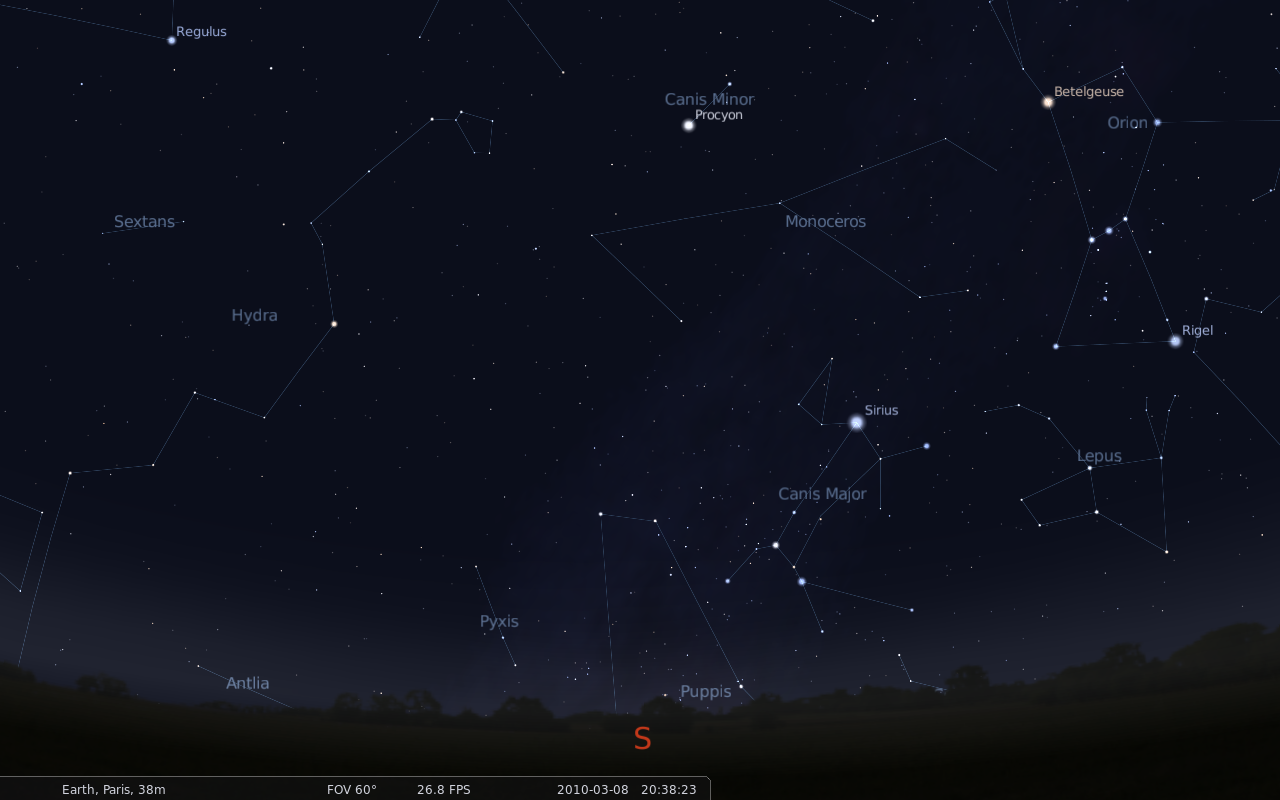Mac Os 10.14
The maxOS operating system The macOS, or Mac OS X system, has existed for 40 years in various forms — it’s robust, and because of its regular updates, malware developers find it hard to keep up with the changes and write viruses that will successfully infect the Mac operating system. Problem:Trying to use the colorpicker inside Cinema 4D does not work or even crashes the program (older versions than Cinema 4D R20), due to some changes in macOS 10.14.Solution:If you have this pr. MacOS Catalina 10.15; macOS Mojave 10.14; macOS High Sierra 10.13; macOS Sierra 10.12; Mac OS X El Capitan 10.11; Mac OS X Yosemite 10.10; Mac OS X Mavericks 10.9; Mac OS X Mountain Lion 10.8; Mac OS X Lion 10.7; Mac OS X Snow Leopard 10.6; Mac OS X Leopard 10.5; Mac OS X Tiger 10.4; Windows Server. Windows Server 2019; Windows Server. Mac OS X Server 1.0 is a operating system developed by Apple Computer.Released on March 16, 1999, it was the first version of Mac OS X Server. It was Apple's first commercial product to be derived from 'Rhapsody'—an eventual replacement for the classic Mac OS derived from NeXTSTEP's architecture (acquired in 1997 as part of Apple's purchase of NeXT) and BSD-like Mach kernel. Mac OS X Server 1.0 – 1.2v3 were based on Rhapsody, a hybrid of OPENSTEP from NeXT Computer and Mac OS 8.5.1. The GUI looked like a mixture of Mac OS 8's Platinum appearance with OPENSTEP's NeXT-based interface. It included a runtime layer called Blue Box for running legacy Mac OS-based applications within a separate window.
In WWDC 2018 keynote, Apple has officially introduced MacOS 10.14 beta 1 version all to audiences. The new MacOS version features a brand new Dark Mode, Apple News and a lot more. If you are eager to experience this new MacOS version, we’ll show you how to download and install macOS 10.14 Mojave Beta right now onto your Mac. Of course, it’s currently available for only registered developers, while the Public Beta will be released at a later date.
There are two ways to download macOS 10.14 Mojave and install it on your Mac. The first one is performing an OTA update of the MacOS with your files, settings. The second one is the clean install method, which will delete everything from your Mac and install a fresh copy of the MacOS 10.14 beta.
Download macOS 10.14 Mojave Beta OTA
First and foremost, go to the Apple Developer Program website and log in with your registered Apple ID (paid membership required).
- Click on Downloads button under Additional Resources on the left side
- Under downloads, look for macOS 10.14 Beta and click on the blue Download button.
- The macOS Beta Access Utility will now be downloaded immediately into the Downloads folder on your Mac. Simply click to open it and install it.
- Once done, simply launch the Mac App Store, and then head to the Updates section and you’ll then see macOS 10.14 Beta version here for download. Just click on the Updatebutton near it and the download will start immediately.
How ToClean Install macOS 10.14 Beta Prison architect pow mod.
If you’ve made up your mind and want to do a clean installation of macOS 10.14 Beta, then you can do it by creating a USB Installer.
Prepare A 16GB USB Drive
Firs,t you need to prepare a 16GB USB drive. If you already get one, then move to the next steps.
Download macOS 10.14 Image File
You can download the macOS 10.14 Beta image file from the Mac App Store. You can follow the above ‘Over the Air’ method outlined to do so. When you are done with the download of the MacOS, don’t run it immediately. Just put it in the Applications folder.
Format Your USB Drive
Connect your 16GB USB drive to your Mac, launch Disk Utility and choose ‘Erase’ it. Make sure you keep every option, especially the name. Set it as ‘Untitled.’
Launch Terminal in the Magic Command
When the macOS 10.14 Beta is in Applications and your USB drive finishes erasing, simply launch Terminal. Now enter the following command exactly.
sudo /Applications/Install macOS 10.13 Beta.app/Contents/Resources/createinstallmedia —volume /Volumes/Untitled –applicationpath /Applications/Install macOS 10.14 Beta.app
There’s a chance that formatting the site will appear the double ‘–‘ as a single one. If it happens, you need to rewrite the code along with proper double dashes in place.
If everything is fine, you’ll be prompted to enter your Mac’s password, the USB drive will be formatted and the files will then be copied. There will be a notification when everything is completed, so keep calm during the process.
Also read: HOW TO ENABLE MESSAGES IN ICLOUD FEATURE IN IOS 11.4 AND MACOS HIGH SIERRA
Clean Install macOS 10.14 Using USB Installer
Once the USB Installer is plugged into your Mac, simply restart it and quickly hold down the Option button. When you see an option for choosing a drive, just select macOS 10.14 USB Installer disk.
Get started by heading to Disk Utility and deleting your Mac’s primary storage drive. Once it’s completed, close Disk Utility to return to the main screen and then follow the on-screen instructions.
2020-12-28 17:34:08 • Filed to: macOS 10.14 Solutions • Proven solutions
MacOS 10.14 users across the board who’re vying to get their newly updated OS firing on all cylinders relish fast processing speed. However, they might be dazed to realize that their Macbook becomes slow after updating to MacOS 10.14. The macOS 10.14 slow processing speed can stall critical functionalities that will cause great inconvenience. Therefore, every macOS 10.14 user needs to know how to fix a Mac that’s running slow on MacOS 10.14.
How to Fix Mac Slow after macOS 10.14 Update
There are 10 tips for you to fix Mac running slow after macOS 10.14 update. You can follow them to speed up your Mac.
1. Decongest Hard Drive
The hard drive is a storage facility that harbors a myriad of files ranging from system files to personal files. However, it is bereft of file management functionalities to keep it optimized; it stores files endlessly, unless it is choc-a-bloc or cleaned up by manual intervention. A crammed hard drive can cause MacOS 10.14 to slow.
You can clean up your hard drive by manually sifting through the contents of the hard drive to remove less-desirable files. However, this is an arduous and less-efficient way of cleaning up your hard drive, when compared to the use of a Mac Cleanup utilities like CleanMyMac. These utilities root out junk files such as redundant iTune files, mail attachments, caches, no matter where they’re hidden.
2. Utilize The Optimized Storage
Optimized Storage is a veritable feature enhancement that comes with the new MacOS update. It that entails the automatic removal of unread and unused files like duplicate files, caches, old images, logs, mail attachments, iTune junk, unused fonts, etc, from local storage to cloud storage, in order to free up space for the operations of critical functionalities. It sends out prompts requesting for permission to clear out these unused files. To turn on this feature, open the 'Apple' menu, and then select 'About this Mac', and then select 'Storage' and then turn on the optimized storage option.
3. Close Apps Taking Up Too Much Energy and Space
If an iMac is unusably slow after a MacOS 10.14 update, the culprit behind the problem might be some heavy apps that are running in the background. The slow speed can also occur because too many apps are running simultaneously. You can resolve this issue by making use of the Activity monitor. Open 'Applications', and then select 'utilities', and then double click on 'Activity Monitor'. In the open Activity Monitor window, click on the '%CPU' button to reveal the functionalities that are currently running and how they’re using the CPU space. Close the unimportant functions that are taking up significant space by clicking the 'X' atop the function. If the function is still running, use the 'Force Quit' option to stop it. Note the the Force Quit option closes files without saving changes on files.
4. Declutter Desktop
This is another extension of memory-space-related techniques for fixing a mac that’s running slow on macos 10.14. Desktop icons take up RAM space. A crammed desktop can drag down the processing speed of the OS. To use this technique, simply reorganize your desktop to clean it up, and then restart your Mac.
5. Install App Updates

Mac Os 10.14.6 Update Will Not Install

A MacBook may become slow after updating to MAcOS 10.14 due to some pending updates for some apps. As the new MacOS is rolled out, several third party apps are being geared up to match the spec and performance requisites of the new MacOS update. It goes without saying that MacOS Mojave users need to ensure that updates for all the apps running on the updated OS are duly installed. Check for all app updates on the app store.

6. Get Rid of System Junk and App Cache
Your apps leaves behind trails of redundant log files during its operations. As time goes on, cached files from the operations of various apps continue to mount and clog the system. One of the reasons why an out-of-the-box Mac runs at an impressive speed is because it is free from the inordinate cached files. If your iMac unusably slow after 10.14 upgrade, you can boost the processing speed by clearing out redundant system files, cached app files, browser extensions, old Mac updates, etc.
7. Minimize UI effects
Most macOS 10.14 users are fascinated by the various elegant features of the Mojave user interface, especially the transparency and the motion effects. They might be tempted to go overboard with personalization of their Mojave user interface to an extent where it might cause processing speed problems. Unfortunately, the richer the personalization features activated, the poorer the processing speed of the OS. To minimize the personalization effects active on the Mojave user interface, open 'Settings', and then select 'Accessibility', and then select 'Display', and then turn off less-desirable effects.
8. Minimize Start Up App Activities
Startup Apps are apps which begin to run automatically once the Mac is turned on. Some of these apps are essentials, like anti-virus software. But some others are not, and may cause the Mac to run slow after a MacOS 10.14 update. To boost your Mac ‘s processing speeds by minimizing startup apps, go to 'System Preference', and then select 'Users & Groups', and then open 'Login items'. Choose any item that isn’t necessary to load upon startup. Click the '-' button next to the highlighted item to deactivate it from running when the Mac boots.
9. Clear out Preference Pane Apps

System Preference Panes are extra installations which accompany the installation of certain apps. These may remain stored in the system even after their source apps have been deleted, and may drag down the system’s processing speed. To improve your Mac’s performance by cleaning up the System Preference Panes, CTRL+click or right click the 'Preference Pane' icon, and then remove any preference app to the Trash by clicking the 'Remove'button next to it.
10. Change Your Old Hard Drive to SSD
Solid State Drives (SSDs) operate at supersonic speeds and with lower failure rates. Some Mac devices like MacBook Air and MAcBook Pro with Retina Display come with inbuilt SSDs. However, to get your older Mac device sending and receiving information at speeds similar to those of those of the newer devices, you can buy and install a new SSD on your Mac. After installing the new SSD as your Mac’s internal disk, install the new MacOS updates and other apps on it to get them running at optimal speeds.
Mac Os 10.14.6
Free Download or Buy PDFelement right now!
Mac Os 10.14 Download Free
Free Download or Buy PDFelement right now!
Buy PDFelement right now!
Mac Os Mojave
Buy PDFelement right now!
Mac Os Download
0 Comment(s)


